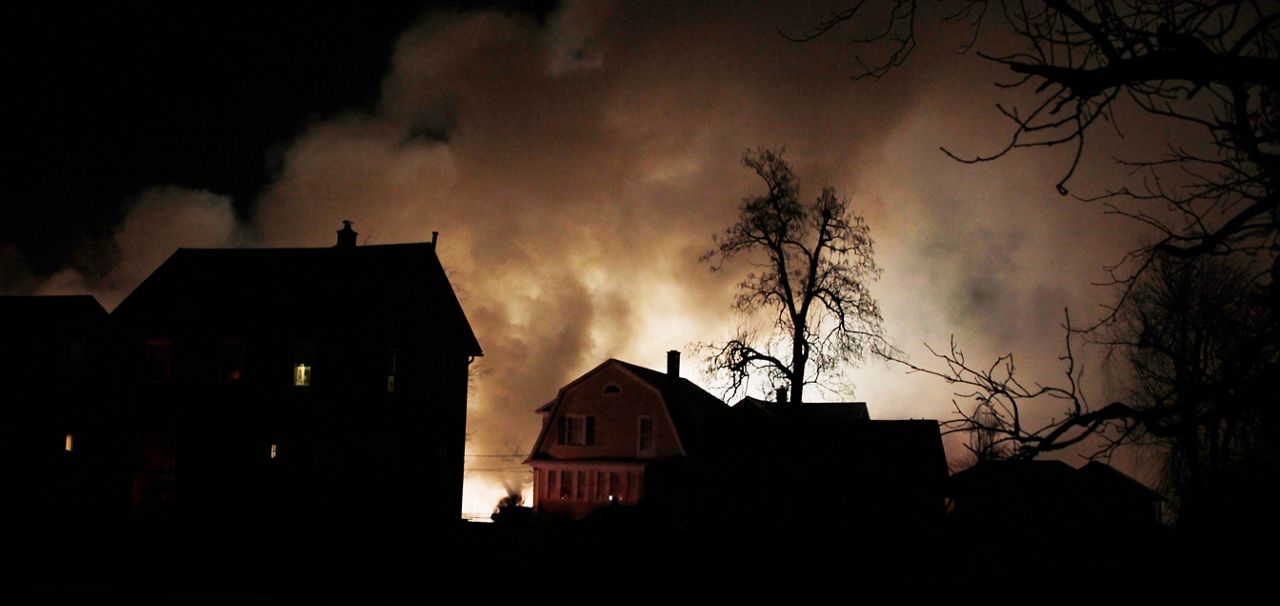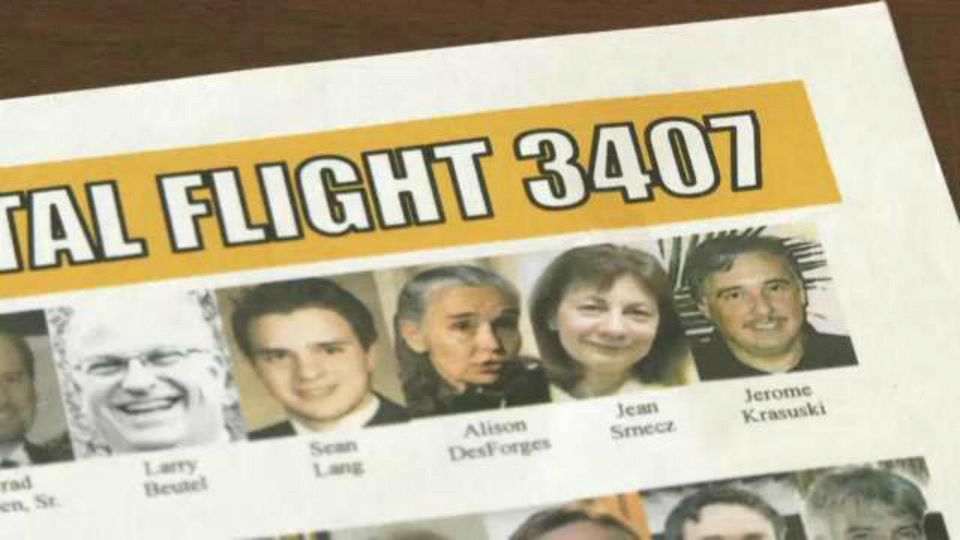At first, it looked like a weather-related accident. Families of those lost quickly learned it was much more than an accident.
Pretty early on, they felt something was off. They learned the true extent of just how preventable this crash was three months later at the NTSB hearings. Pilot error, a lack of training and fatigue were just a few of the many causes of Flight 3407 crashing.
The plane was just five nautical miles from the airport when it started going too slow.
A warning went off alerting the pilot. The 3407 pilot hit the throttle and then pulled the yoke hard — 170 pounds of pressure worth — to point the nose of the plane upward.
The problem was, the plane was flying too slow to be able to sustain the hard upward angle. It stalled and then spiraled downward.
The NTSB says there wasn't anything wrong with the plane.
Discovering just how broken the aviation system and pilot training was, they began their mission to make the skies safer.
In the second half of her report, Katie Gibas details the safety improvements the families-turned-advocates have been able to secure.









